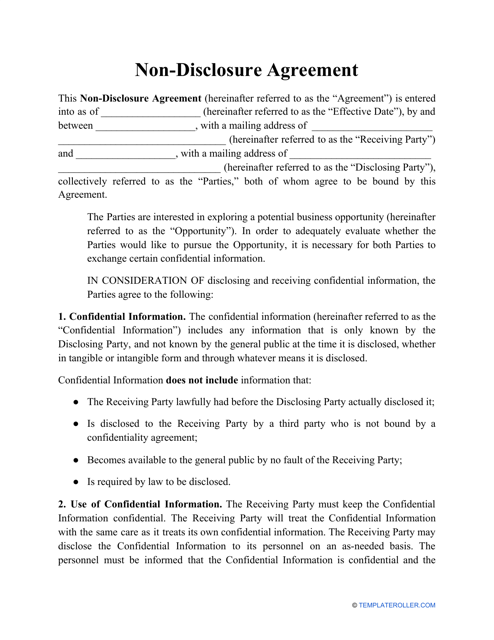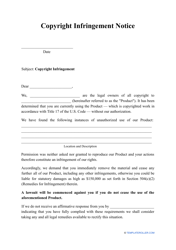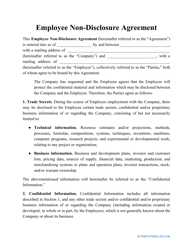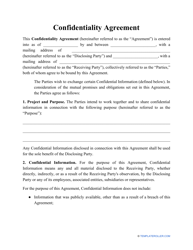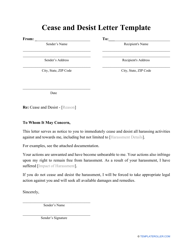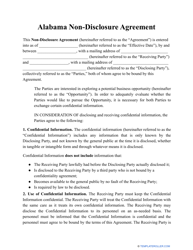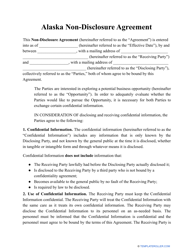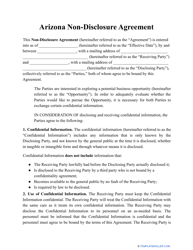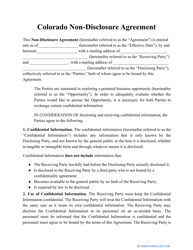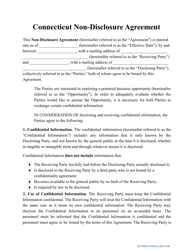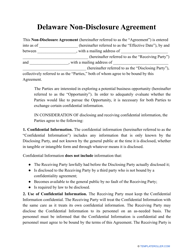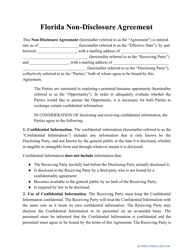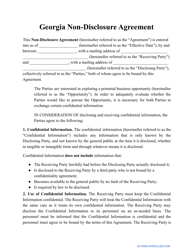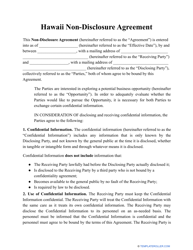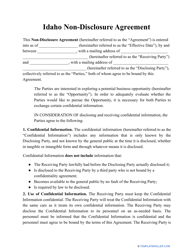Non-disclosure Agreement Template
What Is a Non-Disclosure Agreement?
A Non-Disclosure Agreement (NDA) is a legal contract that prevents parties to an agreement from disclosing certain information that is deemed to be confidential. The confidential information is particularized in the NDA and can include any information that can be potentially harmful to an individual or company, such as formulas, collections of data, processes, know-how, etc. You can download a Non-Disclosure Agreement template here or make your own using our online form builder.
Mutual Vs. Unilateral Non-Disclosure Agreement
Depending on the scope of information being protected, there are two types of NDAs:
- Unilateral NDA . This is a contract upon which one party is legally bound from disclosing confidential information of another party.
- Mutual NDA (or Bilateral NDA) . Parties use this kind of NDA when they exchange sensitive information and want to bind both parties from disclosing it.
A Mutual NDA and Unilateral NDA have minor differences in the way they are written, they both contain all of the essential legal provisions that must be included in it. However, if both sides share proprietary information to achieve common goals, they should use a mutual NDA to provide a certain level of protection to each of them.
Non-Disclosure Agreement Vs. Confidentiality Agreement
There are no significant legal differences between an NDA and a Confidentiality Agreement, however, specialists tend to use them in different situations. This leads to distinguishing a few moments based on the way these contracts are being used:
- Generally, NDAs are unilateral, they are used for a one-way obligation. When there are two parties involved then it's more common for them to sign a Confidentiality Agreement;
- NDAs are typical for the U.S., while Confidentiality Agreements are more likely to be used in Canada, New Zealand, and England;
- Confidentiality Agreements are mostly used in employment or personal situations, while NDAs are more frequently used with vendors, customers, etc.
From the differences stated above, it is clear that both of the documents, regardless of which title they have, guarantee the same level of protection since all of the provisions in them are negotiable and changeable. Choosing one or another is mostly a preference based on habit since they are essentially the same and are being used for the same purpose.
What Happens If You Break a Non-Disclosure Agreement?
A signed NDA gives the party that owns and shares confidential information a guarantee that if another party breaks the NDA there will be consequences. If a breach occurs then the owner of the information has the right to sue another party for damages. There are different types of damages that can be compensated, such as (but not limited to):
- Expectation Damages. In this case, the non-breach side of the conflict is supposed to be put in the position it would have been if the breach had never occurred.
- Recovery Damages. This way the breaching party is supposed to compensate for all the costs that the non-breaching party has incurred in the contract, up to the moment of the breach.
Depending on the provisions included in the NDA, it's specifics, and the parties involved, there can be other remedies for a situation when a party breaks the contract, such as employment termination, court order, etc.
How to Write a Non-Disclosure Agreement?
A Non-Disclosure Agreement is a legal contract. It means that a basic NDA contains all the statements typical for legal contracts, such as:
- Parties . Most NDAs are signed between a disclosing party and a receiving party.
- Identification of Confidential Information . Both parties are interested in stating the information that is specifically deemed confidential. If there are any exclusions from the confidential information it should be stated as well.
- Duties of the Receiving Party . This part of the NDA includes not only the obligations of the receiving party concerning confidential information, but it can also include limitations while using it. If there are situations where a receiving party needs to reveal confidential information, then the parties should list what would allow the receiving party to do so.
- Time Periods . The NDA should establish a period of confidentiality.
- Remedies . Businesses tend to state the remedies for the contract breach. For example, a predetermined amount of money can be included in an NDA as a remedy for a breach. However, it is hard to guess the monetary number of damages that will occur because of the breach, thus if the damages stated in the NDA are too high, a court of law may refuse to enforce them.
- Signatures .
Since a Non-Disclosure Agreement is a document of great importance, its content should give attention to every item indicated there. It will help if a breaching situation ever occurs and a party will have to file a lawsuit.
Still looking for a particular template? Take a look at the related templates below:
